Nothing but cordiality and openness in the Jain community. Immediately after arriving in the early dawn, I was taken to the inner square of the monastery. The guru, Āchāryaji, was meditating there between two temple towers. All the monks, nuns and guests sit devotionally at his feet and takes part in the prayers. The women to the right of him, most of them dressed in the white of the nuns. The men to the left, all of them naked, as was the guru. Unknowingly I had come to a gymnosophists’ community (photo 1).
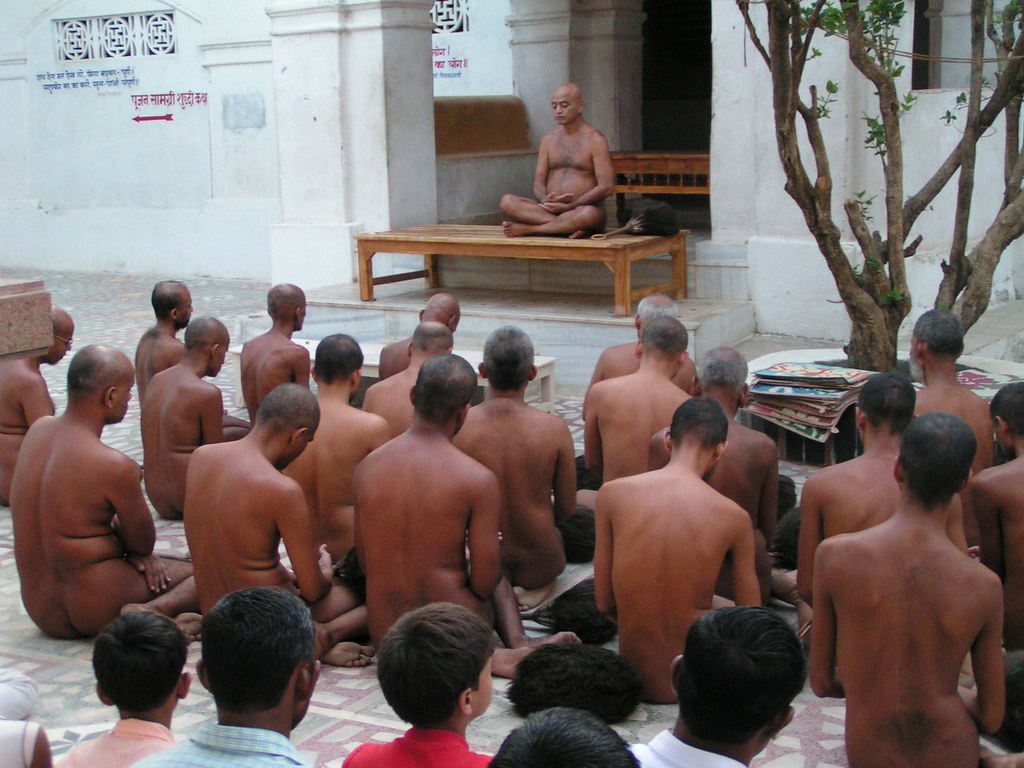 Guru Śri Vidyāsāgar Ji Mahārāj and his disciples
Guru Śri Vidyāsāgar Ji Mahārāj and his disciples
The guru was well into his fifties, and had not worn any clothes for the last 35 years. I had heard about the existence of this sect of monks who were clothed with the wind only, but this was quite an unexpected adventure. If I had any picture of such a community, I would have imagined a few shrivelled old men for whom life had nothing left to offer anyway. But here I met a few dozen young people – most of them between 25 and 35 – who had vowed not to wear any clothes for the rest of their lives, never to have any possessions, never to take part in worldly pursuits, but to seek the values of the soul only. They live a perfectly disciplined life, in a perfect daily rhythm. Complete control over even the least manifestation of sexuality is an absolute condition. To guarantee that they are never alone: three monks are always together, during the day as well as the night. I asked one of them how that is possible, at such a young age – the youngest one had been there since he was nineteen. It is a matter of mind and diet. These sensitive meditating vegetarians know exactly the influences that various foods have on the body. Water and sometimes a little fruit juice is their only drink, which they take along with their food once a day. But control of the mind is the key. The smallest thought, which could be a blockage on the path to enlightenment, is immediately ignored and replaced by meditative thoughts they know from the Jain teachings. To them every female is either a sister or a mother. Sexuality is of course the most intrusive and most visible emotion. But the same measure of self-control applies to all things of the body, speech and mind. They pay no attention to hunger, thirst or pain, heat or cold, not even when their feet bleed during pilgrimage due to glass splinters, thorns or sharp pebbles on the road.
One might expect that, as a result of their lifestyle, a photo of these people would remind us of a concentration camp. But nothing is further from the truth. They are the most perfectly formed people one could imagine, with a happy expression, neither too fat nor too thin, with a shining skin, straight spines and raised heads. As a result of self-imposed avoidance of shaving implements, they remove their hairs, beards and moustaches by pulling the hairs out of their heads and faces with their own hands. That has been the habit for millennia. It struck me how balanced their way of walking was, and to this I have seen no exception. Apparently they were not only outwardly innocent like babies, but also inwardly.
Their day begins early, at 4 in the morning, and in isolation from the outside world. But in other respects they live a public life. Every truly respectful person may walk in and out of the temple throughout the day and see what is going on there. But at a fixed hour (around 10 o’clock) the nude monks, after taking their daily vows, walk one by one, calm, silent and smiling, in a long line out of the temple. Not every one of them, because some have taken a vow to fast that day, and skip eating and drinking for another 24 hours. They always wear their compulsory broom of peacock feathers to softly brush aside tiny living creatures, which otherwise they might have stepped on. They are awaited by lots of householder women, and brahmāchārinīs dressed in white saris, and some men also, who approach them with deep bows while all the time calling, “namustu, swami, namustu” – “be greeted, swami, be greeted” (photo 2), until a monk stops at a group of his choice.
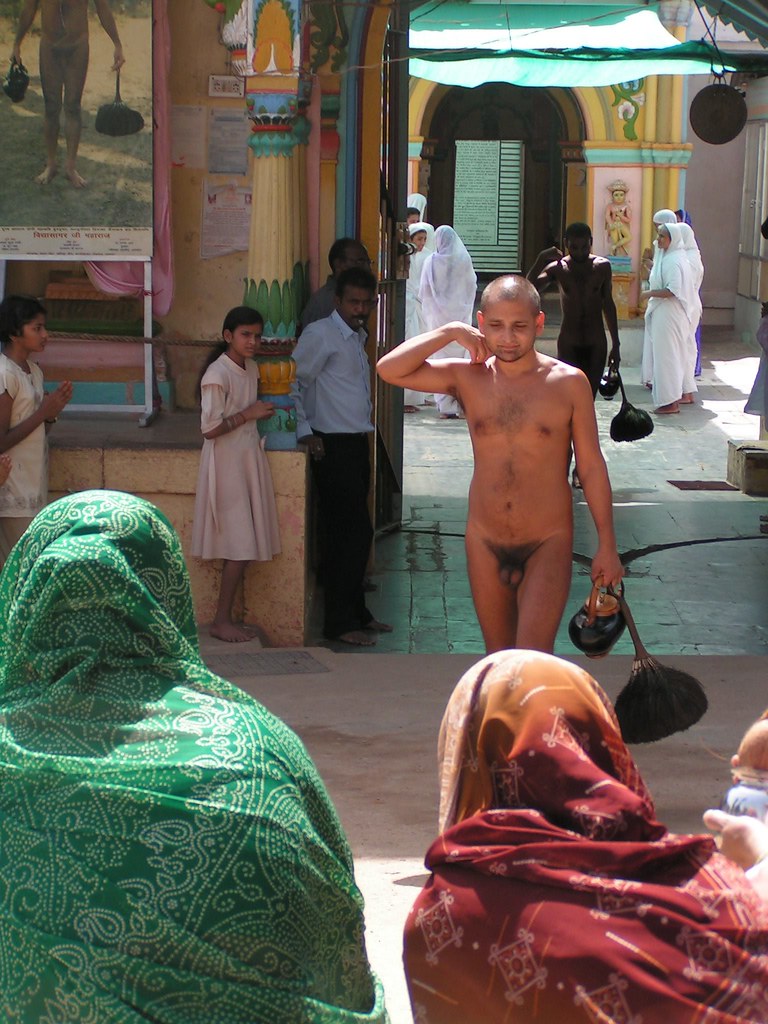 "Air-cladded" Digambar Muni, India
"Air-cladded" Digambar Muni, India
The group then starts a respectful and devout circular movement around him, three times, while the monks remain motionless. They are the ones who will provide him with food that day. Monks possess nothing, so no cooking utensils or crockery either, and thus depend for their food and drink entirely on others. Of course there are severe prescriptions for those who prepare the food. First they are worshiped and then given food. The most important thing is that no living being may be harmed during the process. The meal the men and women have prepared is carefully and conscientiously investigated before it is placed or poured into the hands of the monk. He grasps nothing; he only accepts what he has passively received in his hands. Whatever has been put in his hands, he himself again examines patiently under many observing eyes before putting it in his mouth. If even the tiniest fly has landed on the food, it is rejected and he refuses all food and drink for the next 24 hours. All this symbolizes their attitude of absolute nonviolence – of absolute harmlessness.
Of course this way of life applies only to sworn ascetics and not to other Jains to the same degree. But most worldly Jains try to approach this behavior as much as possible. Ideally no Jain eats after sunset, because then it would be too dark to see whether any creature might be killed. Water is filtered and boiled before being drunk. Jain monks and nuns of the white-dressed sect often wear a cotton cloth in front of their mouths to prevent them from possibly breathing in tiny creatures or killing any by breathing out. Of course all these modes of behavior are symbolic. Jains know very well that billions of creatures are simply too small to be seen by the naked eye and to be obstructed by filters. This conduct is but an outward expression of an inner attitude.
Monks eat their meals motionlessly and emotionlessly. For at least half an hour they stand just as motionlessly and silently as the stone images of the Jinas, and completely balanced. They will During that time they do not even adjust the position of their feet (photo 3).
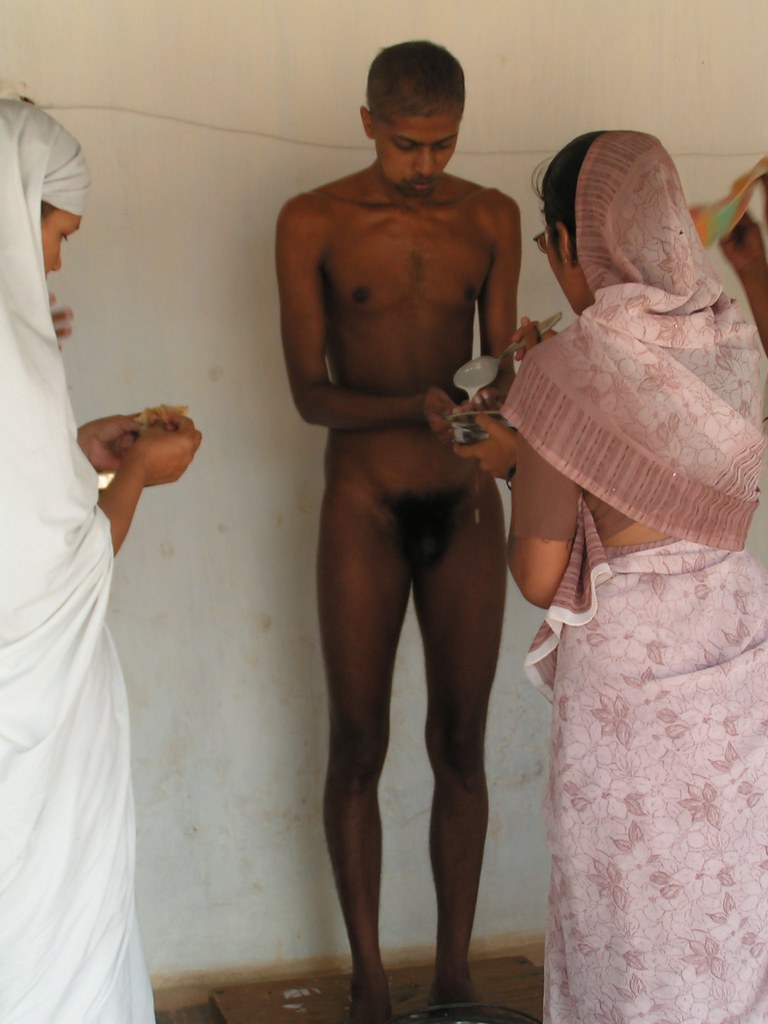 "Air-cladded" Digambar Muni, India
"Air-cladded" Digambar Muni, India
After having taken food they return to the temple to spend the rest of the day sitting, studying and meditating. The nuns in their white saris do the same, but take their food in their hand while sitting.
When I took out my contact lenses before going to rest I considered what it would mean for me if I had to abandon that “garment” – it would mean never being able to read anymore, never being able to see the details of a flower or a piece of art, and being dependent on others for information. These monks are reading and studying continuously. What do they do when their eyes begin to fail? Next day I asked Brahmāchārinī.
Well, the ability to read was not the most important thing. But one would no longer be able to check one’s food for purity. There would be a time when a monk would refuse food for that reason. It is his karma, which he will not try to avoid. As an example she told me about something that had happened only a few weeks before. A monk had been bitten by a rabid dog outside the temple. The disease persevered, and the monk was offered treatment. But this he refused. He did not accept medicine, and his condition steadily worsened. Until he felt that the moment had arrived to take sallekhana – the vow of peaceful death. So from that moment on he refused all food. His body became weaker and weaker; but his mind became clearer and clearer. Subsequently he refused to drink as well. When he had lost all his energy and his awareness faded he moved his lips only once and for the last time and said: “Yes, now I know for sure that I have chosen the right way.” And he left his body.
Not everyone is so severe on himself. There was a very learned, somewhat older man who was wearing glasses and who was reading and studying almost continuously. His whole being radiated learnedness and culture. But, so I was told, while taking food he would take off his specs. It is a centuries old – indeed many millenniums old habit of monks and nuns to approach death in this peaceful way. When they feel that the vows they have taken can no longer be practiced, due to old age, disability, a sudden mishap, or an incurable disease, or if external circumstances make it impossible for them to maintain their religious vows, they enter into peaceful and blissful fasting until death, to “fight” off their karmas, because all such events arise only as effects of their own karma. Thus, when someone feels that his ayu-karma, i.e. the karma which determines the normal length of their earthly life, runs out, he or she chooses this path of sallekhana which leads to peaceful death, samadhi-maran. In hundreds, perhaps thousands of places in India two engraved feet can be seen in the hard bedrock, signifying a monk who has taken sallekhana at that spot. Some die while standing upright. On the rocks near Śravana Belagola in Karnataka many of these feet can be found. The monks came to these places to die. Brahmāchārinī will die in the same way when her time has come. We visited several places where friends of hers had entered another form of existence in that way. Laymen and -women can also take sallekhana. The last phase of life and the last thoughts are very important for one’s future. They strongly influence the experiences of one’s consciousness in the period between physical death and rebirth as well as the mood in which one is reborn. We too should try to prepare ourselves to die in emotional peace, with our mind directed towards the eternally immortal and with the silent wish to continue selfless compassionate service in the future.
I felt immediately at home in the community of these monks. I soon got used to their nudity, and I found myself in contact with a group of extraordinarily sympathetic and valuable people. Thanks to their openness concerning any philosophical or spiritual subject and their interest in my studies and ideas, I felt that I was among real friends. The people have nothing and desire nothing, and can not hide anything about themselves. They can not tell untruths, can not snatch anything from you, and they expect no reward from you whatsoever. I have been able to have deep discussions with the few who spoke good English (photo 4), and with others when Brahmāchārinī acted as an interpreter.
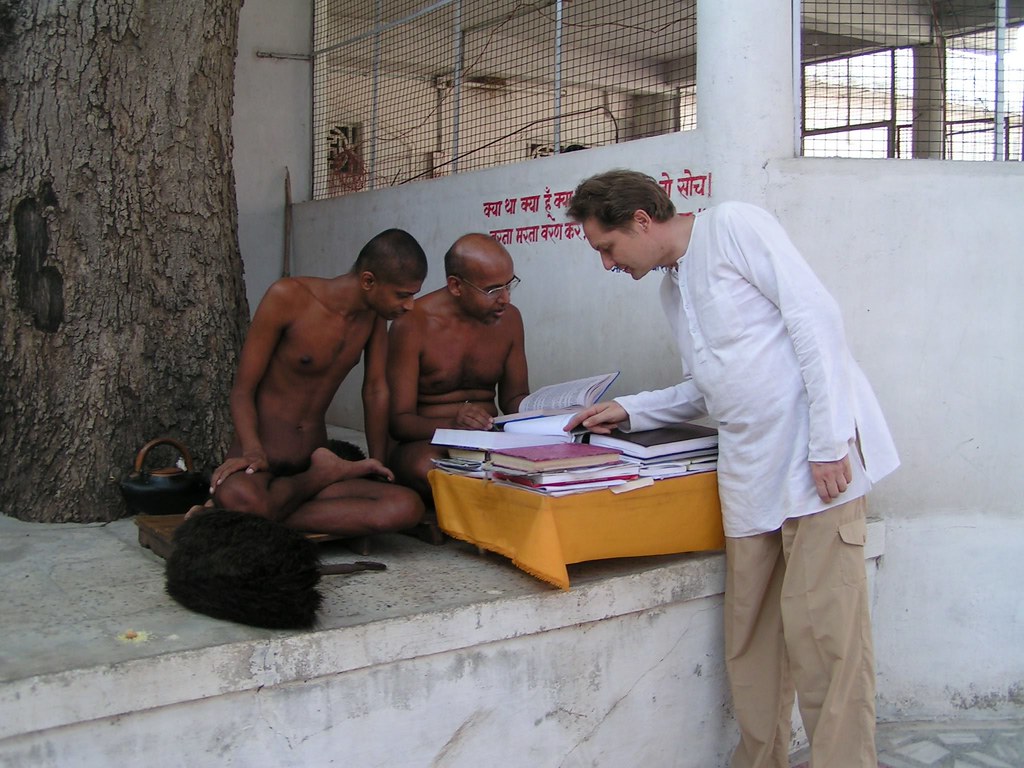 Studying monks with the author Dr. Rudi Jansma
Studying monks with the author Dr. Rudi Jansma
Matters concerning karma and reincarnation, which I had never understood, well now became clear to me. Their knowledge of Jainism was of course tremendous, and their clarity of mind was like crystal. But some of them were also well informed about certain matters such as developments in science. Without dogmatic reactions we could for example discuss the differences between Jainism and Buddhism, and how to reconcile certain scientific ideas with their old doctrines. They always remained humble and friendly and showed inexhaustible sympathy, even though sometimes we couldn’t agree. For example, the Jain teachings are presented by the teachers in the form of an absolute dualism: life versus not-life; universe versus non-universe; souls versus body; and, as the Jains teach, the smallest building blocks (anu – “atoms”) of the universe are physical and have a physical dimension. These ideas are, after long and deep study of Theosophical and Buddhist books, unacceptable to my logical mind. But at least I understand now what they mean.
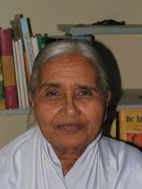 Dr. Sneh Rani Jain
Dr. Sneh Rani Jain
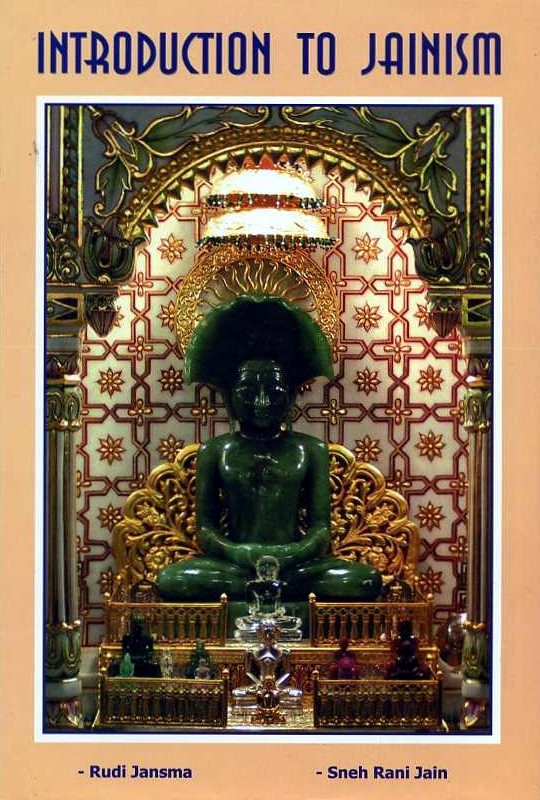 Publisher:
Publisher: